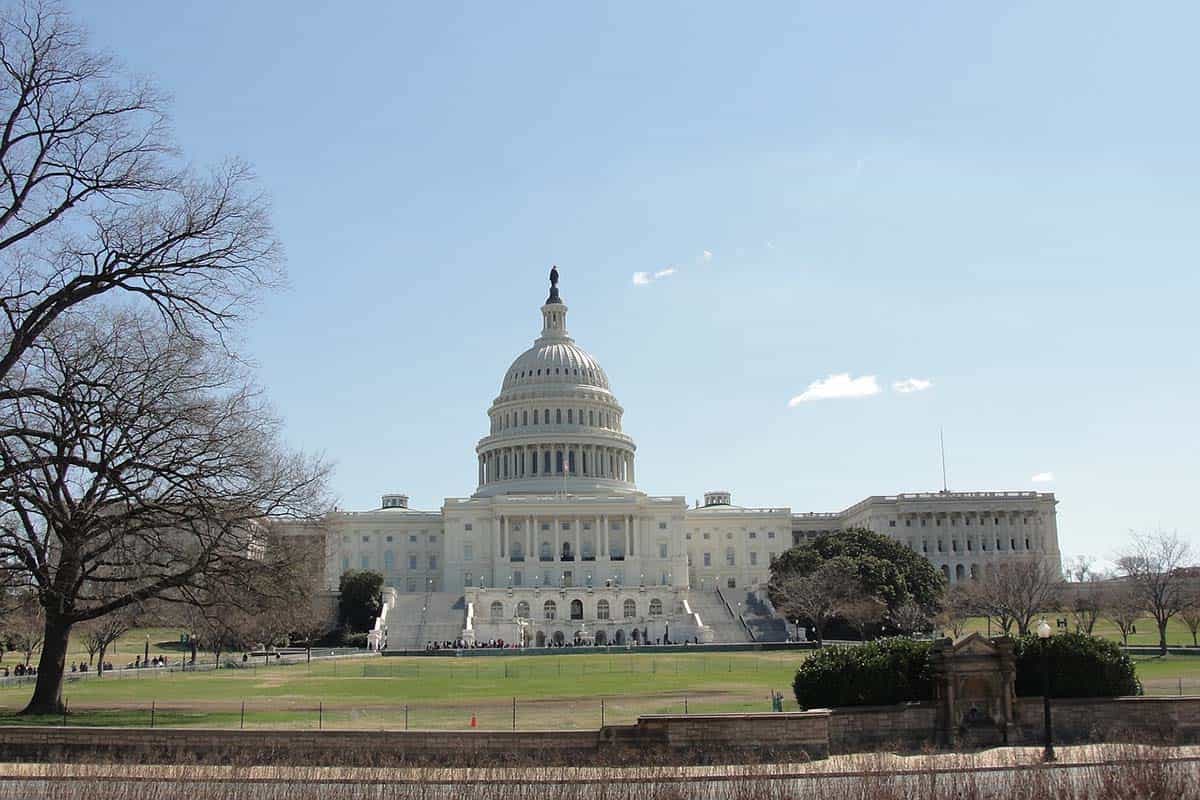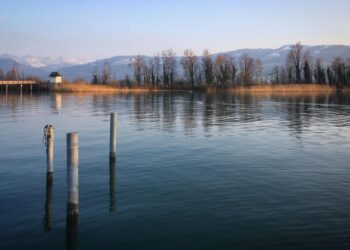The evolution of mankind overtime brought about several innovations in technology, education, and even governance. These days, we have military systems of government which is mostly practiced in third world countries. There is also the monarchial system of government which is obtainable in quite several countries of the world. But the two most popular systems of government appear to be the Presidential and parliamentary systems of government. So what is the difference between the presidential and parliamentary systems of government?
The core difference between presidential and parliamentary systems
The presidential and parliamentary systems of government are two vital forms of government. The parliamentary system is also referred to as the Prime minister system of government. The core difference between both systems of government is the concepts of separation of powers that exists between the legislature and executive. Usually, in the Parliamentary system, the government is a product of the legislature and they are responsible for them in terms of actions and policies.
The cabinet is the core of power here and the Prime minister is designated as the first among equals. The prime minister is thus the head of the government. In the case of the Presidential system of government, the Head of State is the product of the collective decision of the populace. This thus makes him act independently and not answerable to the legislature. It should be noted that each of the systems has its unique disadvantages and advantages.
What Is A Government?
A government can best be described as machinery, organization, and agency via which a political unit gets to exercise authority and administer public policies while also controlling and directing its member’s actions. It should be noted that it is the government that makes necessary laws, conduct relations with other countries, regulate economies, maintain law and order on the behalf of the people.
Democracy can best be described as a governmental system which delegates power to the people. The word democracy was used by ancient Greeks to stand for a government of many as against the few. The ultimate concept behind democracy is that the people are the custodian of power. In the words of American President Abraham Lincoln, it is a government of the people, by the people and for the people.
It is an opposition to the authoritative governmental system wherein the people are limited in participation and influence.
It is worthy of note that over the years, there seems to have been an increase in the number of regimes that truly attain the basic benchmarks of democracy. The basis of democracy includes competitive elections, freedom of association, and limits in the use of power. A democratic government is simply one that allows the people to manage the government whichever way they opt to do so.
When countries come up with the design of the constitutions, one of the core differences has to do with the choice between parliamentary government, presidential system and a system that combines both.
A Few Examples Of Countries And The Systems They Operate
The United States operates upon a Presidential system of government and this is reflected in most of its allies. Many countries have operated the Presidential system of government in such a way that they abused it. Countries that use the Parliamentary system of government includes Britain and a large part of Europe. Others include Japan, Israel and several countries affiliated to the British in Africa and Asia.
The French Hybrid system, on the other hand, gives an ideal model for several countries. This French system has seen wide adoption especially in the Western Coast of Africa in countries such as Senegal, Cote D’Ivoire and Mali among others.
The Concept Of Separation Of Powers
One of the main differences between these systems of government bothers upon the limit of power separation among them all. Also, there is the case of the power one arm of government has over the other. This simply talks about the extent to which legislative arm can be controlled by the executive or vice versa (oversight functions). Also, there is the aspect of the capacity for the system of government to both introduce and approve the legislation. This often varies across the systems of government.
For instance, in the case of the presidential system of government, administrative and political powers are often divided among the legislature, judiciary, and executive. The people who serve in these arms often serve different terms as prescribed by the laws governing the land. In the case of the Parliamentary system of government, the Parliament is the executive and sovereign authority and it is derived from the legislature. In the case of the hybrid system, executive power is often distributed among the president and the Prime Minister.
What Makes The Parliamentary System Unique?
In the Parliamentary system of government, there is a fusion of powers between the executive and legislature. The Prime Minister may get elected into the legislature the same way all the other members get elected. The Prime Minister is often the leader of the party with the majority in the legislature. He or she is also a member of Parliament and is accountable to the body.
It is also the responsibility of the Prime Minister to appoint Ministers of Cabinet. It should be noted that these members of the cabinet are members of the legislature who are party members. It, therefore, suffices to say that in this system, both the legislature and executive have the same constituency. Also, when the ruling party finds its way out of the legislature, there would be changes in the executive. There is a great need for continued harmony between the legislature and executive for the government to run smoothly. Furthermore, in the Parliamentary system, the Legislature holds the ultimate powers.
One core feature of the Parliamentary system of government is that they often do not have a well-designed separation of powers between the legislative and executive arms. This thus makes the checks and balances system different from what is obtainable in the Presidential system. There is also a clear distinction between the head of state and head of government in this system. Here the head of government is the Prime Minister. The head of state is often a figurehead either as a monarch or a president.
The Unique Features Of The Presidential System
In this system of government, the President is selected via an election that is always different from the legislature. The President in this system is selected directly by the populace and is thus accountable to them. It is the responsibility of the President to appoint his cabinet. Usually, the members of the cabinet are not a member of parliament even though the input of parliament is often required in the selection process. Because the components of the Presidential governmental system are appointed or elected separately, the system is characterized by separation of powers. This means that the arms of government function independently of themselves.
In this system, the President often has a great level of control over the appointees as they are at the service of the President. A perfect practitioner of this system of government in the US. This is because the powers exercised by the legislature and executive are separated.
What Are The Terms Of Their Removal From Office?
One of the core differences between the Parliamentary and Presidential systems of government is in the power they both have to dissolve the legislature or remove a head of state. In the case of the Parliamentary system, the length of term is proportional to that of the legislature. In the case of the Presidential system, there is no direct correlation between both.
In the Presidential system, the president and the legislative members get separately elected for given periods. It, therefore, suffices to say that the president does not have powers to remove the members of the legislature. The removal of a president in this system before his time can only be done by a move of the legislature. However, under normal conditions, the President will remain, president, even if the party he represents becomes a minority in the legislature.
In the case of the Parliamentary system, the Prime Minister may be removed from office in tow distinct ways. He or she may be removed via a vote of no-confidence when filed. This motion will require a vote in the legislature to prove that there is no longer as much confidence in the Prime Minister. If the majority votes in favor of it, the Prime minister and his or her cabinet would have to step down. It, therefore, suffices to say that the term of the Prime Minister is a function of the rest of the body.
Also, the Prime Minister may be removed by the members of his or her party. Such a change would not require an election.
Conclusion
The Parliamentary and Presidential systems of government have both proven to be rather effective systems of government when practiced the right way. This, however, does not take away some of the distinct lapses associated with both systems.
You May Like These Articles As Well:
Is CBS Liberal Or Conservative?
Why Did Hillary Clinton Resign As Secretary Of State







